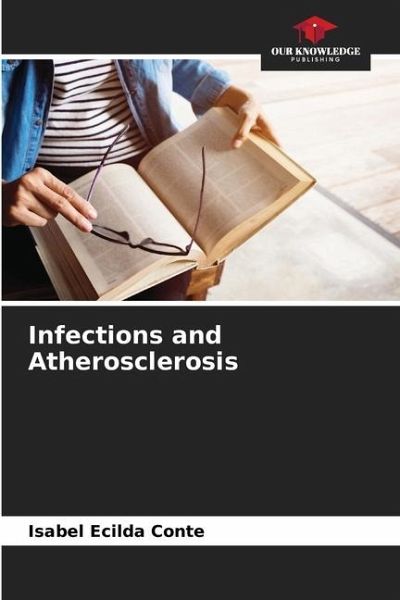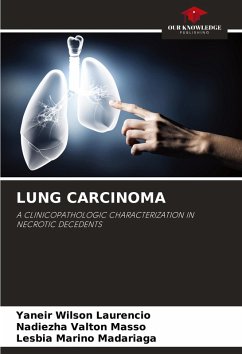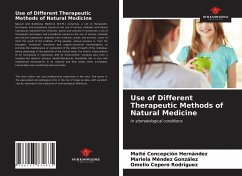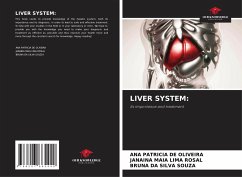
Infections and Atherosclerosis
Versandkostenfrei!
Versandfertig in 6-10 Tagen
27,99 €
inkl. MwSt.

PAYBACK Punkte
14 °P sammeln!
There is a chain of immunological and inflammatory processes that condition the development, transformation and evolution of coronary atherosclerotic plaques.Intracellular pathogens, especially C. pneumoniae, have been identified that are related to the severity of lesions and, according to experimental animal models, probably to the induction of atherosclerosis.The high prevalence of chronic C. pneumoniae chronic colonisation in humans, as well as the limitations of the sensitivity and specificity of serological diagnostic techniques, prompted the move to pilot study models in humans with sym...
There is a chain of immunological and inflammatory processes that condition the development, transformation and evolution of coronary atherosclerotic plaques.Intracellular pathogens, especially C. pneumoniae, have been identified that are related to the severity of lesions and, according to experimental animal models, probably to the induction of atherosclerosis.The high prevalence of chronic C. pneumoniae chronic colonisation in humans, as well as the limitations of the sensitivity and specificity of serological diagnostic techniques, prompted the move to pilot study models in humans with symptomatic coronary artery disease. The results of the ROXIS study in unstable angina carriers treated with roxithromycin, and the work of Gupta et al with azithromycin in myocardial infarction survivors are encouraging, but inconclusive.studies have been launched that have built on some of the published work, evaluating the impact of prolonged azithromycin therapy on a large scale, including the WIZARD and ACES studies. Much remains to be discovered and advanced in this fascinating area of medicine100.














